Trieu Khe Communal House in Trieu Khe area, Hong Phong ward (Dong Trieu town) has existed for a long time, is a place that preserves many historical and cultural values. On June 6, 2023, Trieu Khe Communal House will be renovated by Hong Phong ward, meeting the spiritual needs of local people and tourists.
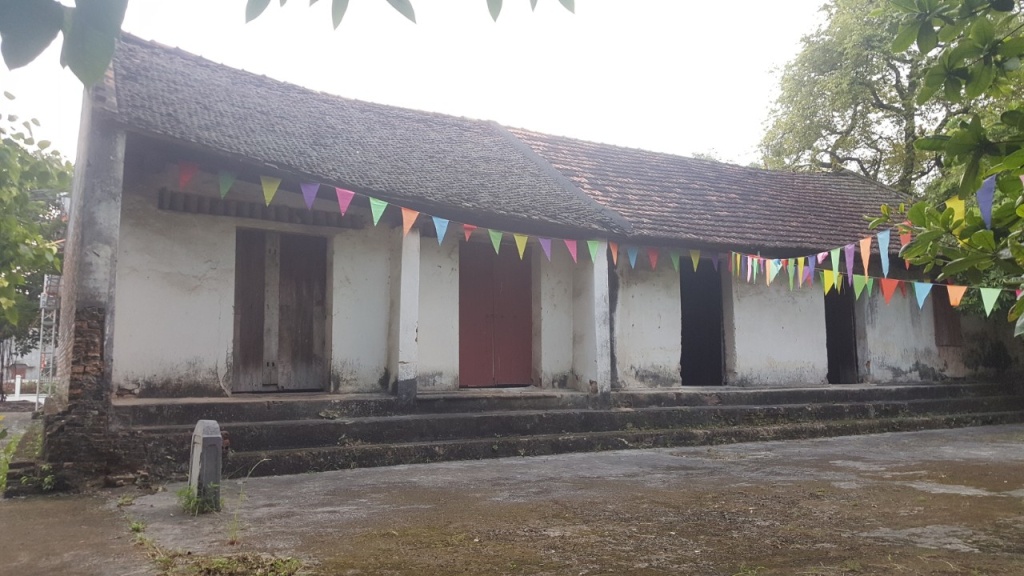
During the Tran Dynasty, Trieu Khe belonged to the land of Thang Moc of An Sinh Vuong Tran Lieu, the father of Hung Dao Vuong Tran Quoc Tuan. Until the 18th century, this place was still a wild land in the area along Kinh Thay River and Dam Thuy River, with a sparse population. In 1790, 6 families from Kim Thanh, Kinh Mon District ( Hai Duong Province) came to this land to live. At first, they lived in the area of Doan Xa village today, then moved to the alluvial plain in the low-lying area along Kinh Thay River (west of Doan Xa) to reclaim the land and turn it into fields for cultivation. Life gradually stabilized, and the population grew densely. In 1887, the villagers asked to separate into a separate commune, to take care of their own livelihood. Trieu Khe commune was formed from then (stone stele engraved in the 4th year of Thanh Thai - 1892 talks about this event).
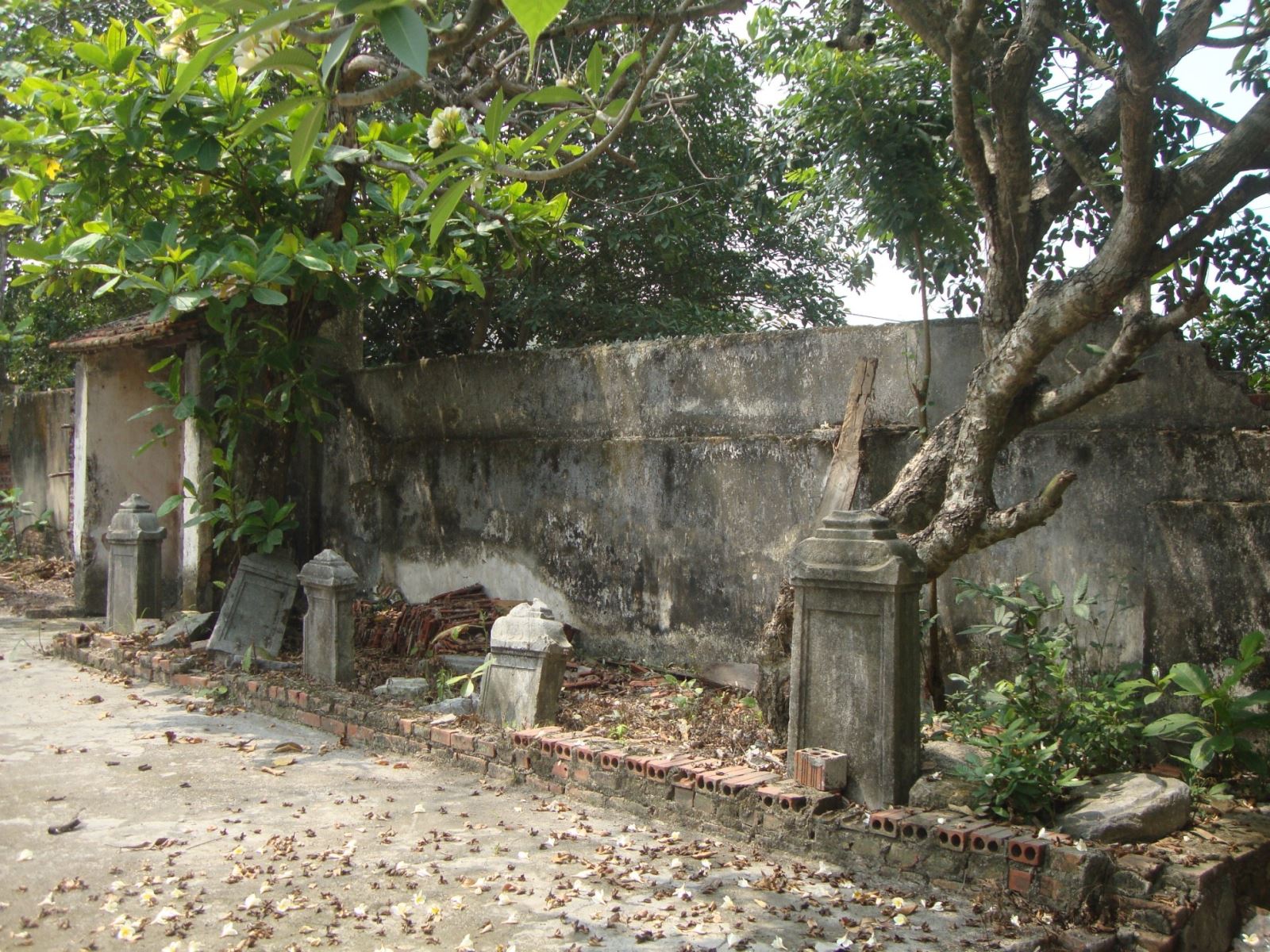
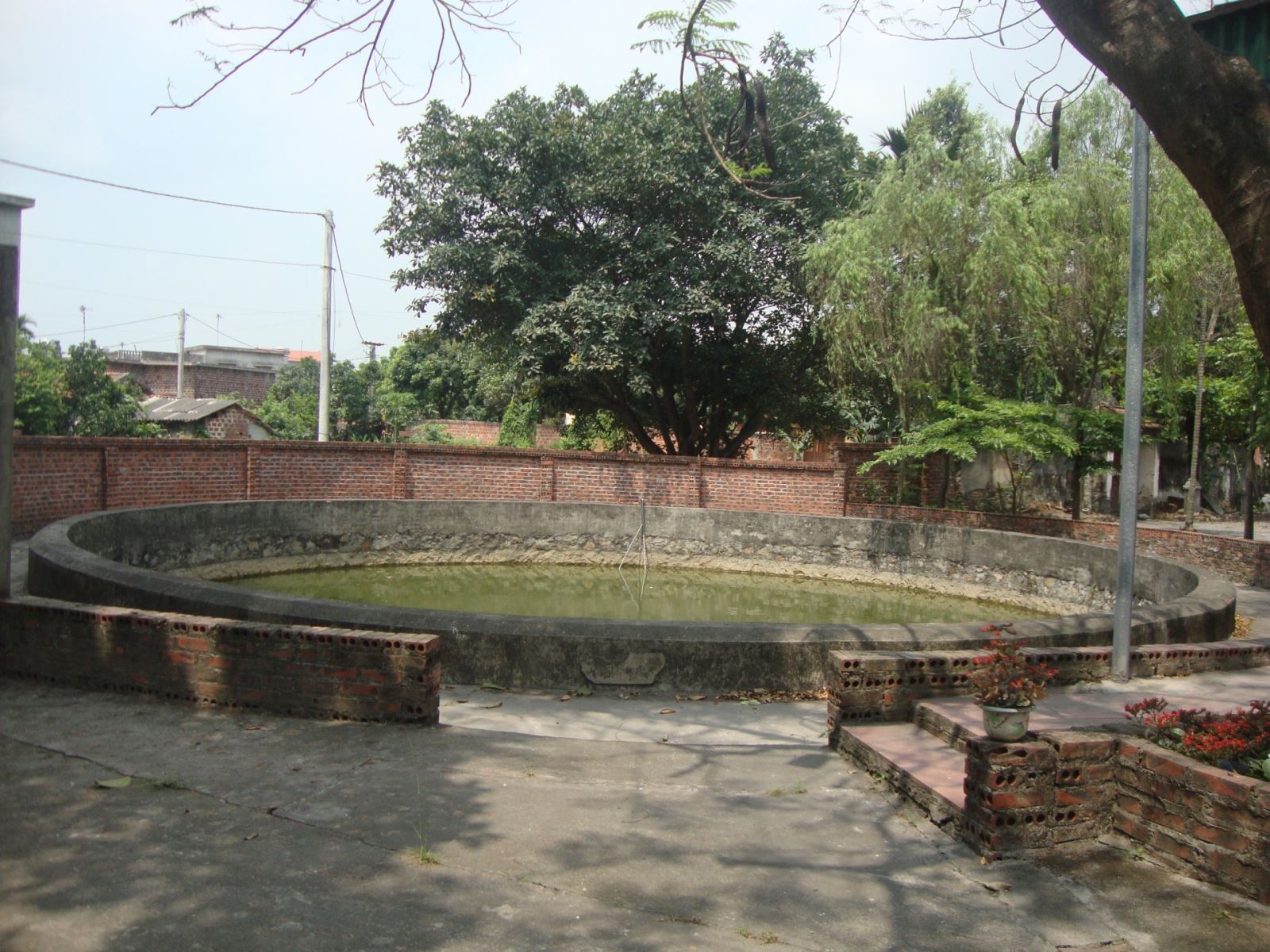
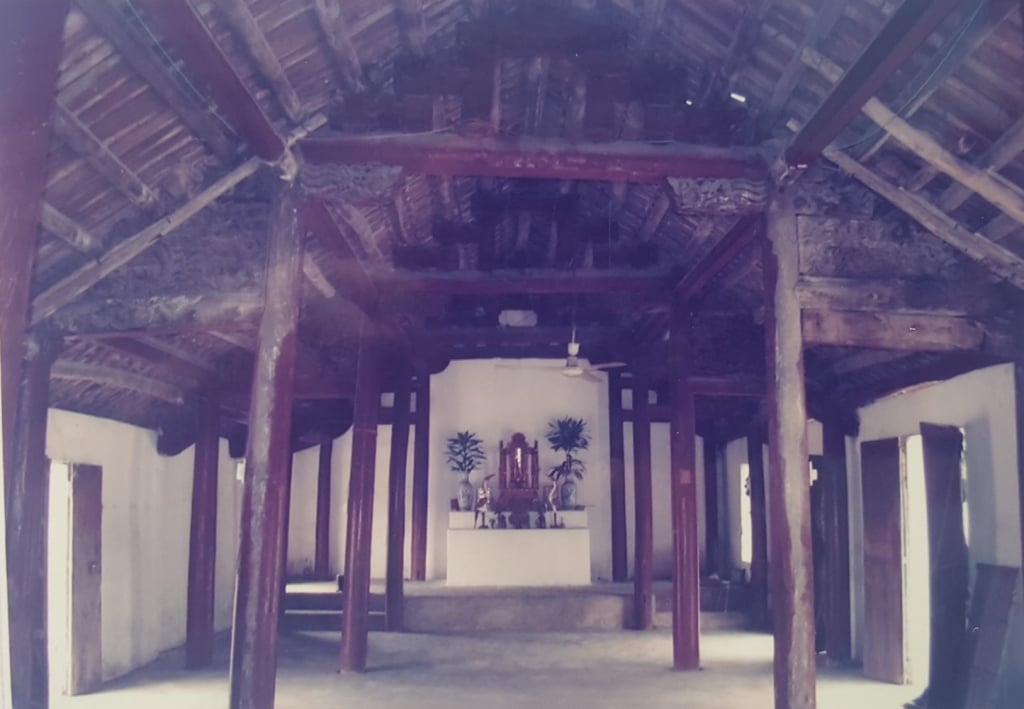
Through the ups and downs of history and time, the back palace of the communal house was damaged but fortunately still retains the architectural features inside with the system of wooden columns and beams and the carvings on the four panels which are very valuable. All eight sides of the four panels have eight different decorative themes. Each panel has a different style creating a vivid picture close to nature. Five green stone steles kept at the communal house record the money contributed by people in Trieu Khe commune to renovate and build the communal house. Other artifacts include three stone incense bowls, a stone mortar and many stone blocks supporting the pillars with carved patterns with a diameter of 30-40cm. All were made during the Nguyen Dynasty, carved meticulously.
In addition, the communal house also preserves two royal decrees from the 9th year of Khai Dinh (1924), a book of sacred records, sacred decrees and a book of village regulations of Trieu Khe village. In addition, the Institute of Han Nom Studies also preserves four royal decrees conferring the title of the village guardian spirit of Trieu Khe village in the years: Canh Hung II (1741), Chieu Thong I (1787), Quang Trung Fifth (1791) and Vinh Thinh Seventh (1711). These are very important foundations affirming the value of Trieu Khe communal house.
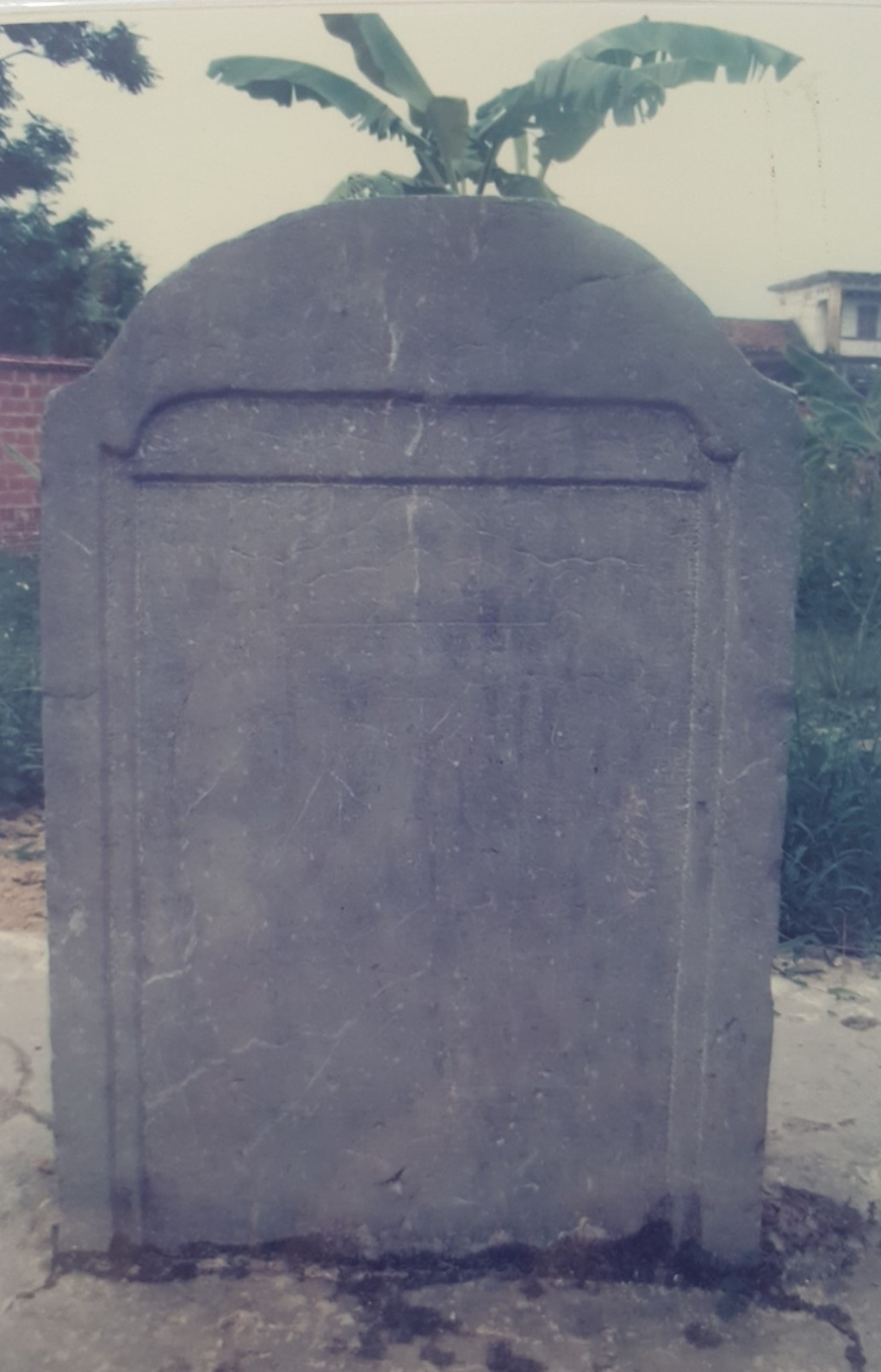
The festival of Trieu Khe communal house is held on the 11th-15th of the 11th lunar month every year, bearing the mark of a rural Vietnamese countryside in the estuary, which is raising pigs to worship gods, sending dragon boats on the river... All of these unique features have created a distinct cultural nuance of Trieu Khe land, contributing to preserving and promoting the cultural identity of the Vietnamese people.
With the outstanding values of the relic, in 2006, Trieu Khe communal house was ranked as a provincial-level historical and cultural relic by the Provincial People's Committee.
Over time, Trieu Khe communal house no longer retains the architecture as it was when it was first built. Although it has been repaired by the people, due to limited funding, it has now been seriously damaged and degraded, not ensuring safety during festivals and making the relic unable to fully promote its inherent values in social life.
Faced with that reality, on March 7, 2023, the Provincial People's Committee issued Decision No. 568/QD-UBND on approving the project to restore and embellish the Trieu Khe communal house relic (the main communal house item) to effectively prevent the deterioration and risk of losing the original value of the relic, preserve the national cultural heritage, contribute to improving the material and spiritual life of the people, create a landscape to increase the solemnity of the relic and give the relic a position worthy of its inherent stature.
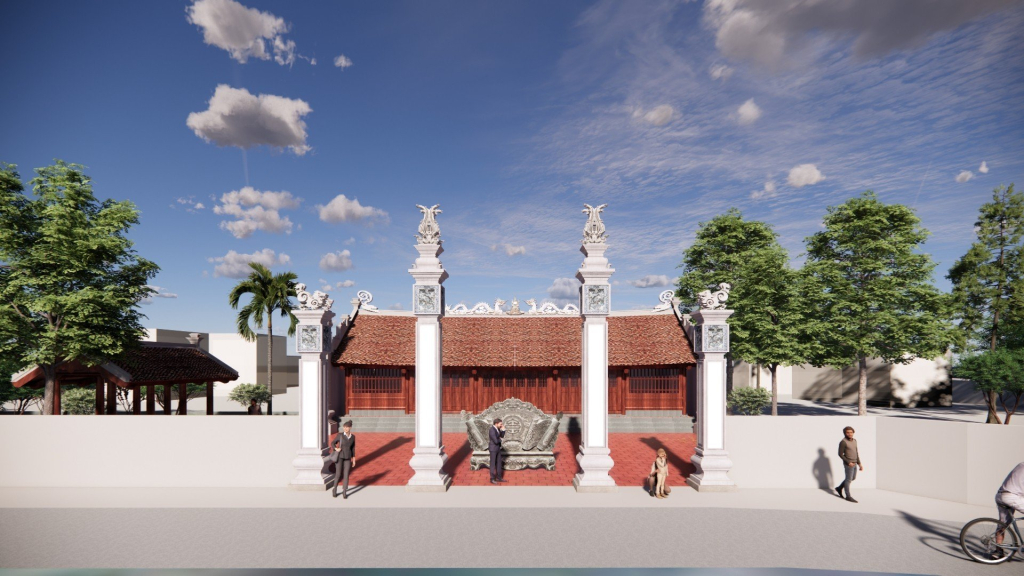
On June 6, 2023, the groundbreaking ceremony for the conservation and restoration of Trieu Khe communal house will be held by Hong Phong ward. This demonstrates profound meaning and humanistic value, is an activity towards the national origin, expressing respect and gratitude for the great merits of An Sinh Vuong and Tran Trieu Anh Tong Emperor to the country and homeland, contributing to traditional education and developing spiritual cultural tourism; connecting with the Tran Dynasty National Special Relic Site and the system of relics and scenic spots in Hong Phong ward and Dong Trieu town, to strongly develop spiritual cultural tourism, promoting local socio -economic development. It is known that the estimated budget for the restoration and renovation is about 6.2 billion VND from socialized capital.
Mr. Nguyen Hoang Thien, Party Secretary, Chairman of Hong Phong Ward People's Committee, said: The restoration and embellishment of Trieu Khe communal house is extremely necessary to maintain and preserve the cultural and historical values of the nation, contributing to promoting the value of the Tran Dynasty relic complex in Dong Trieu. That also contributes to creating an attractive destination, increasing the strength of the local tourism economy. At the same time, the communal house is a placeto educate good traditions for the young generation today and tomorrow, meeting the expectations of local people and tourists.
Source


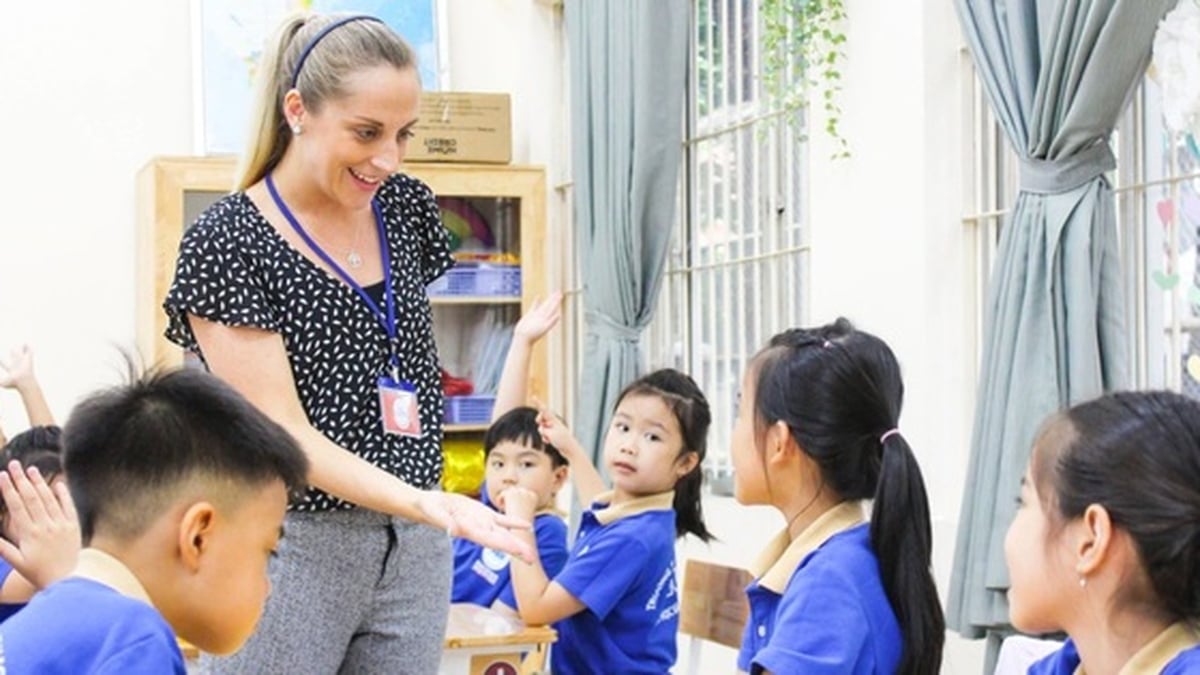

![[Video] More than 100 universities announce tuition fees for the 2025–2026 academic year](https://vphoto.vietnam.vn/thumb/1200x675/vietnam/resource/IMAGE/2025/7/18/7eacdc721552429494cf919b3a65b42e)





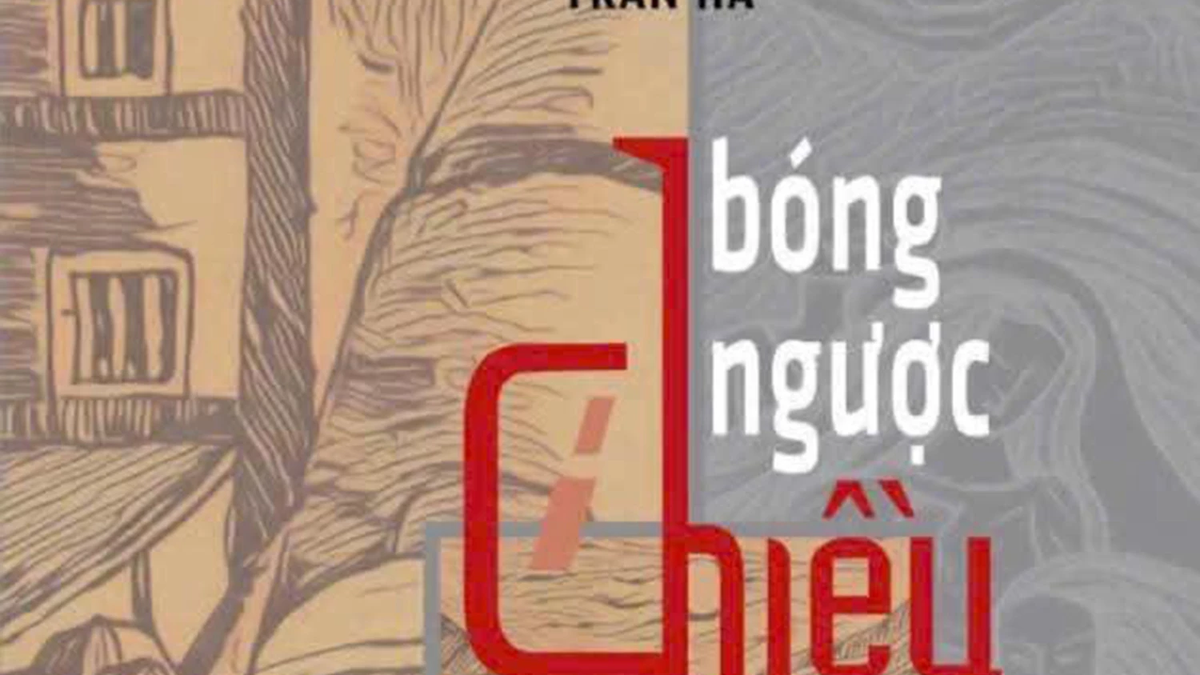
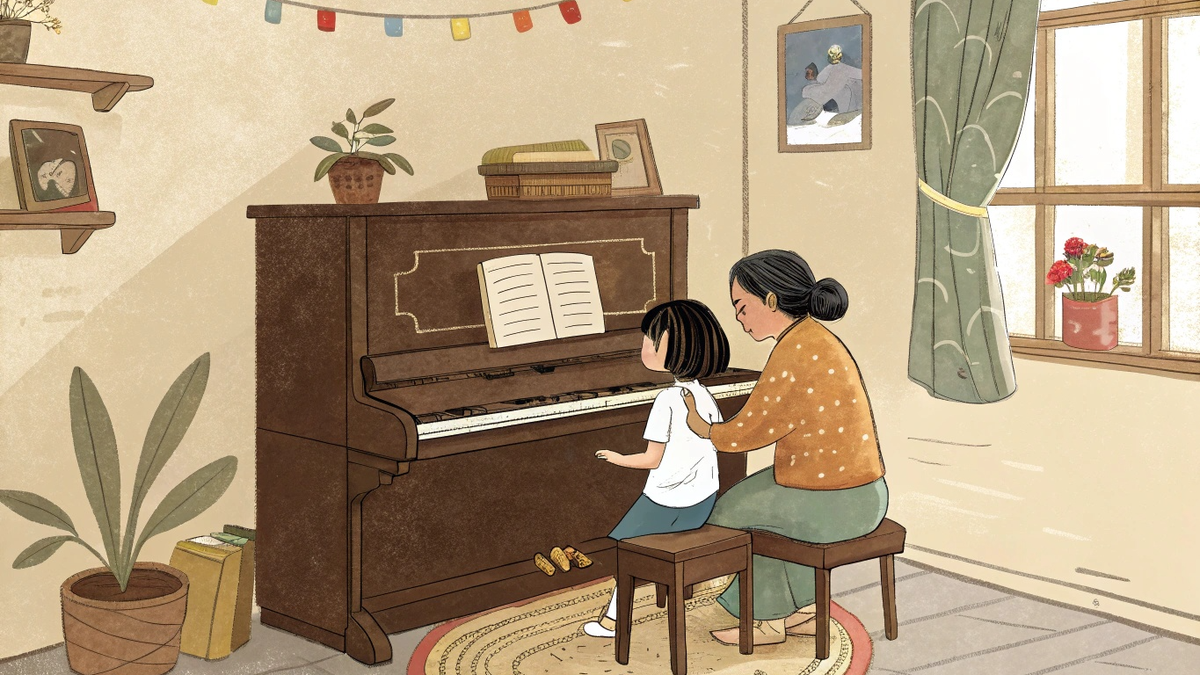

















































































![[Infographic] In 2025, 47 products will achieve national OCOP](https://vphoto.vietnam.vn/thumb/402x226/vietnam/resource/IMAGE/2025/7/16/5d672398b0744db3ab920e05db8e5b7d)





Comment (0)